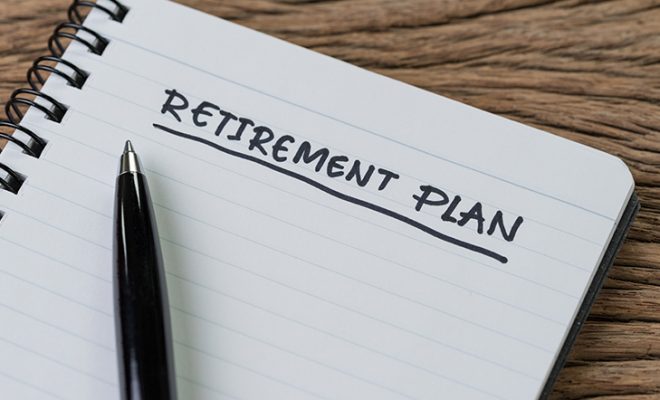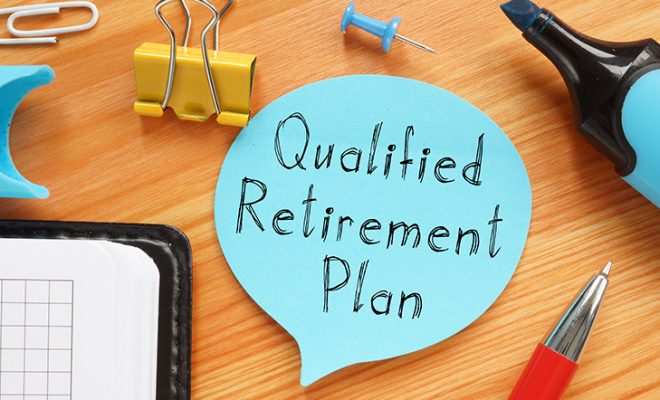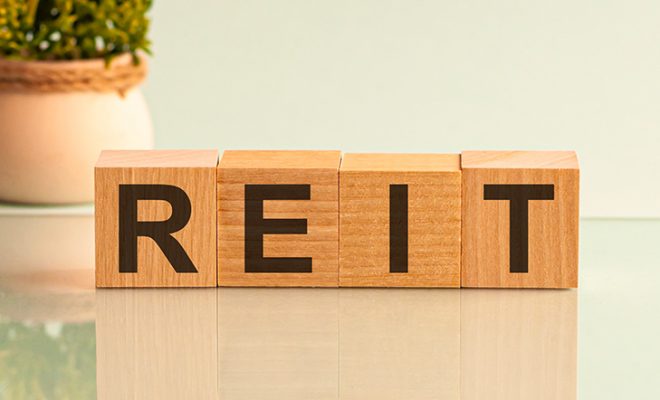7 Ways to Create a High Performance Retirement Portfolio

Your retirement portfolio is the foundation for a secure financial future. Typically, your retirement portfolio comprises your retirement and non-retirement (taxable) accounts. Your portfolio grows with you during each life stage and offers you income to support the non-working years of your life. According to experts, a person nearing retirement should have a balanced portfolio, comprising safer investments than riskier ones. However, a person who is far from retirement (more than 15 years) should focus more on a high-performing portfolio, consisting of higher returns. A good portfolio when one is younger should contain a significant growth component. However, later on in life, their focus can shift from growth to income.
Here are the 7 ways to help create a high-performance retirement portfolio:
- Invest in equities
Even though equities have been criticized for being riskier than other safe investment options like bonds, they also offer higher returns when compared to other asset classes. That said, this does not imply that a high-performance portfolio should only include equities or stocks. An ideal profitable asset basket should include a balance of equities and bonds, where the former has a higher percentage allocation than the latter. A well-thought combination of the two – stocks and bonds, can offer an attractive return with low volatility. Additionally, when investing, it is critical to analyze the returns after offsetting the impact of inflation. Inflation lowers the overall return percentage, which in turn erodes the purchasing power. By including more equities in your portfolio, you may be able to obtain more returns and beat inflation in the long run. This is seen in historical data for the investment period between 1926 and 2010. During this period, the S&P 500 Index grossed an annual return of 9.9% and U.S. bonds gave back a 5.5% return for the same time frame. During this time, the rate of inflation was 3%. Therefore, when adjusted for inflation, the portfolios with equities fared better (6.9%) than those with more investment in bonds (2.5%). According to experts, it is advisable to maintain a 60-40 ratio of equities and bonds in your portfolio if you aim to accumulate more wealth. But because interest rates are currently so low a 90-10 ratio will be necessary to get through retirement, especially if your time horizon is 10 years or more. - Ensure optimum diversification
The importance of diversification cannot be undermined. For a high-performing retirement portfolio, you must diversify your assets across various classes. This will ensure that your investments harvest more profits and withstand market turbulence. The objective is to add multiple asset classes, each of which is different in its basic nature. This alternate functioning phenomenon enables your portfolio to withstand lows in the market. We recommend high quality large multi-national companies with great management teams and strong balance sheets. Also knowing which industries to put more emphasis on then others are key to increasing downside protection. Hence, they reduce the risk of unfavorable market events eroding your retirement savings. - Rebalance your portfolio
It is recommended to rebalance your portfolio at least once every year to ensure you make most of the opportunities and evade the low tides easily. Over time, you might not be able to effectively track your asset and bond allocations, and what was once assumed to be a 90-10 ratio could eventually become 80-20. This can increase the risk for your investments, and you could lose out if the stock market falls. Hence, it is good to rebalance your portfolio at least once a year to ensure your asset allocation matches your performance objectives and retirement plans. While rebalancing your portfolio, evaluate which of your assets are under-weighted and which ones are over-weighted. Based on your goals, you can then opt to sell a portion of your over-weighted assets at a considerably higher value and buy some of your under-weighted assets to ensure an appropriate balance in the portfolio. Alternatively, you can also consider withdrawing from your over-weighted class instead of selling and replacing it. Rebalancing not only offers high proportionate returns, but also ensures that your decisions are not influenced by emotions. Emotional investment decisions often tend to have negative repercussions on the portfolio. - Choose ETFs
Exchange-traded funds (ETFs) are a mixture of securities traded on an exchange. It is advisable to add ETFs to your retirement portfolio to gain diversified and low-cost access to a definite area of the market. ETFs generally comprise stocks, bonds, commodities, currencies, or a combination of them all. ETFs mimic mutual funds, but you can purchase ETFs from a brokerage account like buying shares. The popularity of ETFs as an investment has risen over the years. According to reports, U.S. investors contributed $530 billion in ETFs in 2008. However, in May 2020, the total ETF contribution was more than $4 trillion. If you can’t do research on individual stocks they may be the safer route, but will include an extra layer of fees. - Use mutual funds and index mutual funds
You can use mutual funds to earn better, diversify, and hedge your portfolio against potential market volatility. You can also consider index mutual funds, which are more secure, cost-effective, and less volatile than mutual funds. Index funds offer returns according to the performance of the underlying index like the S&P 500 or Dow Jones Industrial Average. They are beneficial for young or mid-age investors. But be aware that Mutual funds do have fees associated with them within the rage of 1-2% annually. - Rent out real estate
Real estate offers high rewards for your investments in the long run. Renting out real estate can provide a good income stream for the future years of retirement, provided you have in-depth knowledge about the real estate market, trends, etc. Rental real estate can function as a catalyst in your portfolio, shooting and securing your future income streams. - Consider a Roth IRA
Apart from contributing to other tax-saving retirement savings accounts like a 401(k) account, it is highly advised to include a Roth IRA (individual retirement account) in your retirement portfolio. A Roth IRA is one of the best financial accounts for investors. If you qualify to invest in a Roth IRA, ensure that you make the most of this tool. For 2021, the IRS (Internal Revenue Service) allows people with an annual income of $140,000 (single) or $208,000 (married) to open a Roth IRA. Roth IRA provides your portfolio with a much-needed tax relief to bolster your overall returns. Roth IRAs include after-tax dollars, allow tax-free growth, and ultimately allow tax-free withdrawals, subject to a few conditions.
To sum it up
All these eight market instruments and retirement saving options mentioned above can help you build a portfolio that provides potentially higher returns. However, each of these tools are suitable for investors who have a considerably longer period before their retirement begins. While a high-performance portfolio offers better returns, they also have much higher risks. If you need further clarification or need a smart investment strategy to minimize your risks it may be wise to seek help from a professional financial advisor. Use Paladin’s free tool to get matched with 1-3 vetted advisors that may be able to help.
If you have any questions about your retirement planning needs, visit Dash Investments or email me at dash@dashinvestments.com.
About Dash Investments
Dash Investments is privately owned by Jonathan Dash and is an independent investment advisory firm, managing private client accounts for individuals and families across America. As a Registered Investment Advisor (RIA) firm with the SEC, they are fiduciaries who put clients’ interests ahead of everything else.
Dash Investments offers a full range of investment advisory and financial services, which are tailored to each client’s unique needs providing institutional-caliber money management services that are based upon a solid, proven research approach. In addition, each client receives comprehensive financial planning to ensure they are moving toward their financial goals.
CEO & Chief Investment Officer Jonathan Dash has been profiled by The Wall Street Journal, Barron’s, and CNBC as a leader in the investment industry with a track record of creating value for his firm’s clients.










